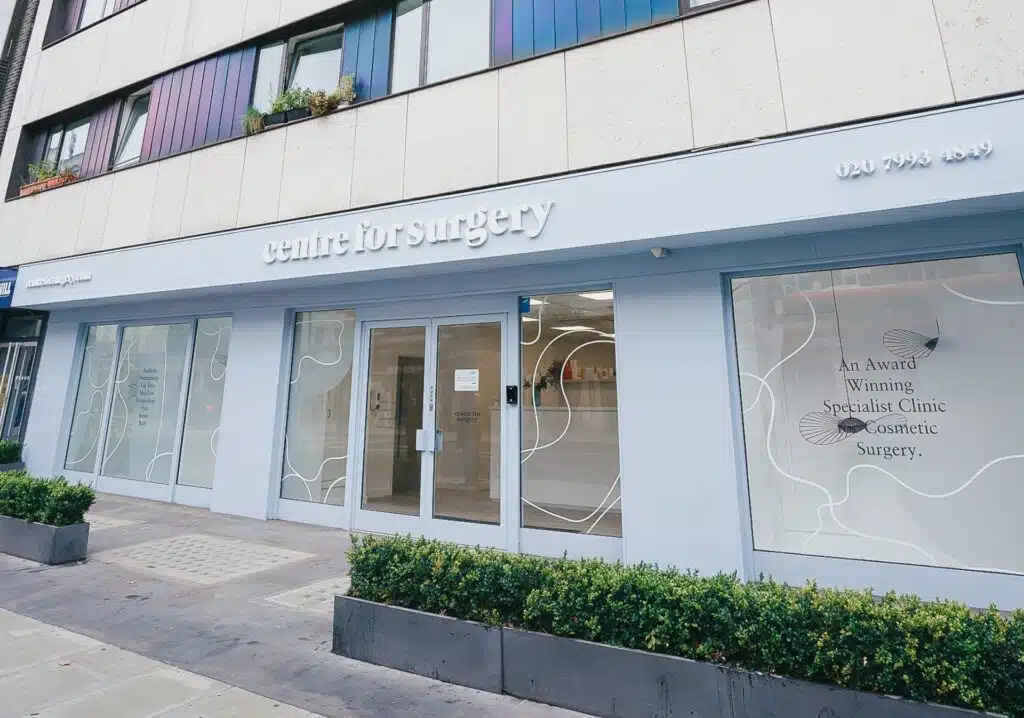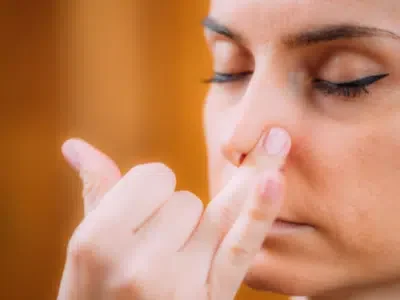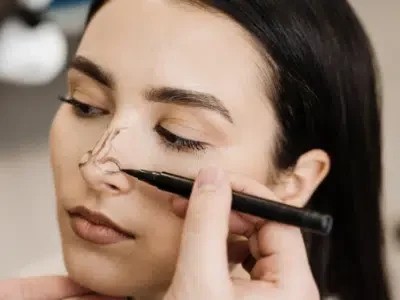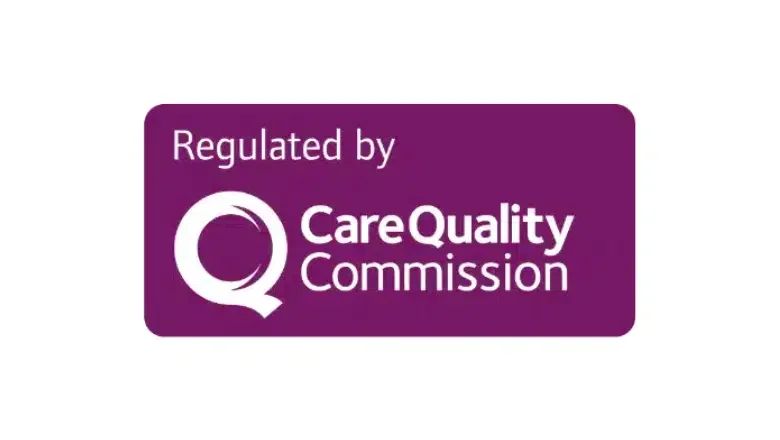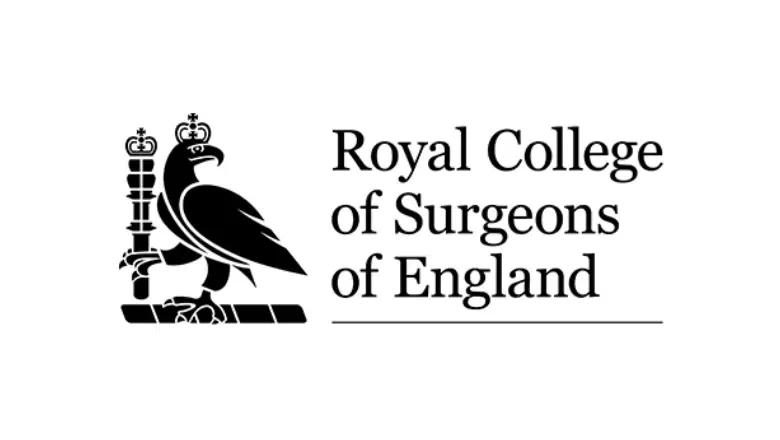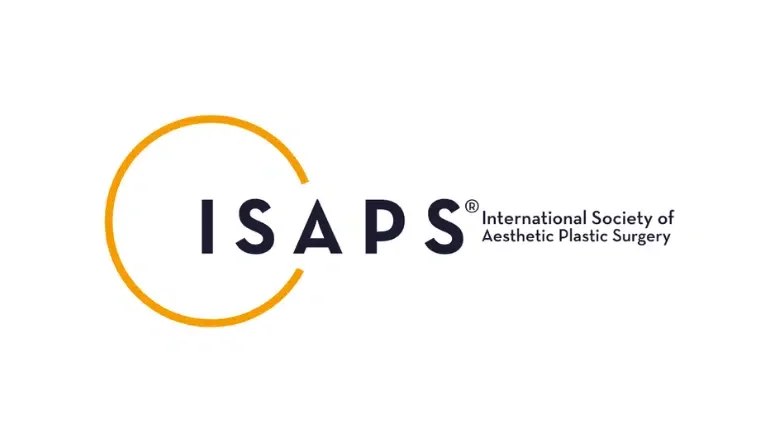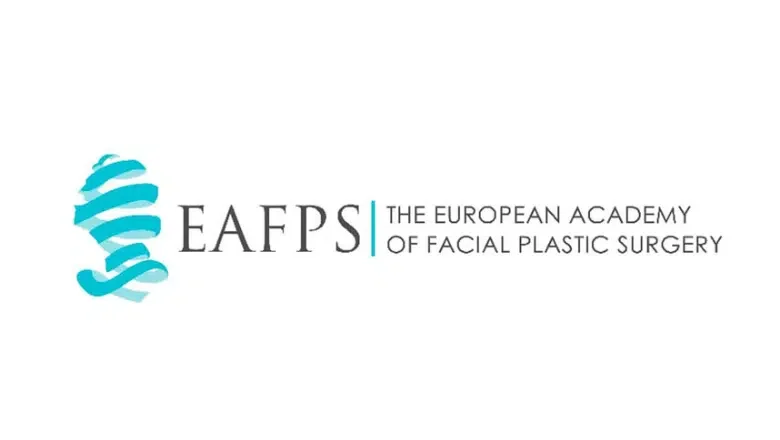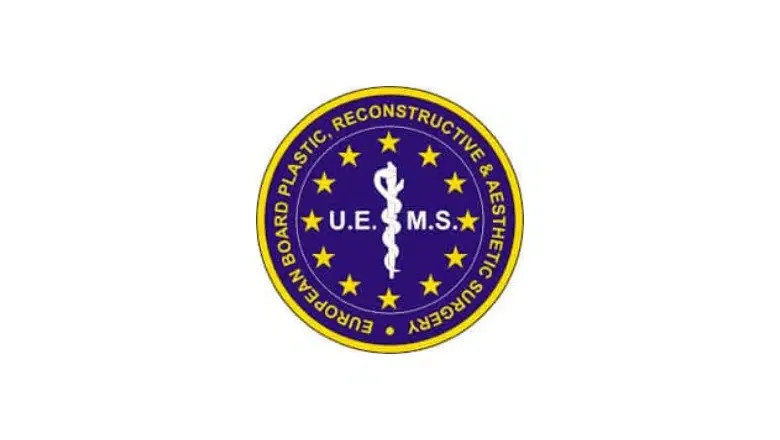The Evolution and Significance of Rhinoplasty: Tracing its Historical Journey
Rhinoplasty, commonly known as a ‘nose job,’ boasts a rich and diverse history, tracing its origins back to ancient times. Remarkably, it stands as one of the earliest forms of cosmetic surgery, with initial records indicating its practice as far back as 1500 BCE. This early evidence of the existence of rhinoplasty showcases the long-standing human interest in aesthetic enhancement and physical transformation.
RELATED: Different Types of Nose Shapes – What are the Surgical Options?
In a notable leap forward in the 6th century BCE, the Indian surgeon Sushruta, often revered as one of the founding fathers of surgery, meticulously detailed his approach to rhinoplasty. This documentation marked a significant milestone, laying foundational techniques that would influence future surgical practices.
As centuries passed, the art and science of rhinoplasty continued to evolve and refine. The journey through the 18th and early 20th centuries witnessed the predominance of the ‘closed approach’ in rhinoplasty. This technique, characterised by its less invasive nature, involved making incisions within the nostrils, thereby leaving no visible external scars.
A pivotal shift occurred in the 1960s with the introduction of the ‘open rhinoplasty’ technique. This innovative approach involved making an incision across the columella, the tissue separating the nostrils, providing surgeons with enhanced visibility and access to the nasal structure. This advancement opened up new possibilities in nasal reshaping and reconstruction, allowing for more precise and comprehensive modifications.
Today, rhinoplasty maintains its status as one of the most sought-after cosmetic surgeries, not only in the UK but globally. Its enduring popularity is a testament to its transformative potential, appealing to thousands annually. In the contemporary realm of rhinoplasty, patients are presented with a critical decision – choosing between the traditional closed approach and the more modern open technique. Each method comes with its unique set of advantages and considerations. This decision is crucial for those contemplating rhinoplasty, as it can significantly impact the surgical outcome and the patient’s satisfaction with the results.
RELATED: Nose Reshaping Surgery
What is an open rhinoplasty?
Open rhinoplasty is a specialist nose reshaping procedure used for patients who require significant work to the nasal cartilage and bony framework. The procedure involves making an incision in the columella, which is the midline fleshy area of skin between the two nostrils at the base of the nose. Once the initial skin incision has been made, the surgeon carefully reflects the skin away from the nose’s underlying bone and cartilage framework. This allows complete visualisation of all the essential structures of the nose which require correction. Once the procedure has been completed, the columella is sutured with non-dissolvable stitches. The nose is dressed with a metal-backed foam splint carefully applied to the nose, followed by securing tape.
The splint is designed to protect the essential nasal structures, including the bony part of the nose, which may have been fractured as part of the bone reshaping. The splint is kept on for one week before being removed by post-operative nurses, and the non-dissolvable stitches will be removed.
Open rhinoplasty is ideal for patients with significant structural defects of the nose, such as a crooked nose or a deviated nose. All revision rhinoplasty surgery is carried out using the open rhinoplasty approach. If cartilage grafting is required, the open approach is the preferred option, as the surgeon can accurately visualise the cartilage in three dimensions.
What are the different types of nose shapes?
What is a closed rhinoplasty?
Closed rhinoplasty is less commonly performed compared with an open rhinoplasty. With closed rhinoplasty surgery, there are no external skin incisions, and all surgical incisions are made within the nose along the delicate mucous membrane lining. Unlike open rhinoplasty, which has an incision on the columella’s skin, closed rhinoplasty is carried out using an endonasal technique. The closed approach does not permit complete visualisation of the bone and cartilage framework of the nose and is a technique used by very experienced rhinoplasty surgeons.
RELATED: What Nose Shape Concerns Can Rhinoplasty Correct?
Open Versus Closed Rhinoplasty: Understanding Their Unique Benefits
Advantages of Open Rhinoplasty
Open rhinoplasty is a popular surgical technique known for its precision and versatility. This method involves making an incision across the columella, the strip of tissue that separates the nostrils. This approach allows the surgeon to lift the skin off the nose, providing a clear and direct view of the nasal structures. The advantages of this technique are manifold:
- Precision in Surgery: One of the most significant benefits of open rhinoplasty is the enhanced visibility it offers. With a direct view of the nasal structures, surgeons can perform precise and detailed modifications. This level of accuracy is particularly beneficial in complex cases where intricate reshaping is required.
- Adaptability and Versatility: Open rhinoplasty is highly adaptable, making it an ideal choice for addressing a range of issues. Beyond cosmetic enhancements, it can effectively tackle functional problems, such as difficulties in breathing. This technique is versatile enough to correct various nasal defects, deformities, and asymmetries.
- Predictability of Results: With better visibility comes greater control over the surgical outcome. Surgeons can more accurately predict and achieve the desired results, leading to higher patient satisfaction. This predictability is especially crucial for patients who have specific aesthetic goals or functional improvements in mind.
Advantages of Closed Rhinoplasty
Closed rhinoplasty, on the other hand, is characterised by incisions made entirely within the nostrils. This approach is less invasive than open rhinoplasty and comes with its own set of benefits:
- No Visible Scarring: Perhaps the most appealing aspect of closed rhinoplasty is the absence of visible scars. Since all incisions are made inside the nostrils, there are no external marks, offering a more discreet and aesthetically pleasing result. This feature is particularly valued by patients who are concerned about visible signs of surgery.
- Faster Recovery Process: Patients undergoing closed rhinoplasty often experience a quicker recovery compared to open rhinoplasty. This is due to less extensive dissection, which typically results in reduced swelling and a shorter healing period. Closed rhinoplasty offers a compelling advantage for those seeking a rapid return to daily activities.
- Less Invasive Nature: As a less invasive procedure, closed rhinoplasty generally poses a lower risk of certain complications and discomfort. This technique is often preferred by patients and surgeons alike for its relative simplicity and reduced impact on the body.
RELATED: Does A Nose Job Change Your Smile?
How much does closed rhinoplasty cost?
Rhinoplasty surgery starts from £6000 at Centre for Surgery in London. The exact rhinoplasty cost will depend on several factors, including the amount of work required, including the need for cartilage grafting and whether a primary rhinoplasty or a revision rhinoplasty is being carried out. Closed rhinoplasty is quicker to perform and, therefore, more affordable than open rhinoplasty. Once you have had your face-to-face consultation with one of our expert nose job surgeons, you will receive an accurate quotation from your dedicated patient coordinator.
RELATED: How Much Does A Nose Job or Rhinoplasty Cost?
How long does closed rhinoplasty take to perform?
An uncomplicated closed rhinoplasty surgery at Centre for Surgery can take approximately one hour. More complex reconstructive nasal surgery can require more than 3 to 4 hours. The exact time needed to carry out the procedure will differ between individuals, as some deformities will be easier to correct than others.
After the procedure is complete, he will comfortably recover in a day surgery ward for up to 3 hours. Once you are deemed medically fit for discharge, our post-operative nursing team will give your adult caregiver full post-operative instructions on what to do. It is recommended that a responsible adult looks after you for the first 24 to 48 hours after rhinoplasty surgery.
Is closed rhinoplasty recovery quicker compared with the open approach?
The healing time for closed rhinoplasty is often much quicker than an open rhinoplasty, as it is a minimally invasive procedure. Actual rhinoplasty recovery times will differ depending on the surgical correction; however, the recovery process can be optimised by complying with the surgeon’s post-operative instructions.
RELATED: How long does swelling last after a Rhinoplasty?
We recommend that patients be off work for approximately one week to allow proper rest and avoid driving a car for the first two weeks. It would be best to try to sleep on your back for the first six weeks after surgery and preferably be propped up with 2 to 3 pillows so that you do not lie flat. It would help to avoid direct sunlight exposure to the nose to minimise scarring or hyperpigmentation.
RELATED: What is the recovery like from rhinoplasty?
Most patients can resume physical activities after four weeks, including sexual activity, but we recommend avoiding strenuous exercise for six weeks after the surgery. Patients can expect to recover fully by six weeks when most of the bruising and swelling should settle down after closed rhinoplasty. Our post-operative nursing team will book a one-week appointment to see you after the surgery to review your incision sites and make sure they heal properly. Your splint will also be removed, and you may be asked to continue applying brown tape to the nose for the next two weeks. Your surgeon will review you six weeks after the procedure.
Where is the best place for closed rhinoplasty in the UK?
In addition to closed rhinoplasty, our specialist surgeons regularly perform open rhinoplasty, tip rhinoplasty, septorhinoplasty and ethnic rhinoplasty. Once you have been assessed at your face-to-face consultation, the most appropriate nose surgery technique will be decided upon. We are fortunate to have some of the best rhinoplasty surgeons in the UK regularly carrying out the full range of rhinoplasty procedures at Centre for Surgery. Our expert surgeons carry out more than 150 rhinoplasty surgeries annually and regularly present their work in national and international plastic surgery journals.
Some surgeons may offer 3-D imaging as part of the consultation process to give you an idea of how you could look after a closed rhinoplasty. If you are interested in the service, please ask one of our patient coordinators to arrange it. Our state-of-the-art London cosmetic surgery clinic is located on Baker Street, Marylebone and is staffed by some of the best theatre nurses in the UK. Our anaesthetists are known for practising minimally invasive anaesthesia with total intravenous anaesthesia or TIVA. TIVA anaesthesia uses short-acting medications to enable you to recover quickly and smoothly after your procedure, which means you get to go home later the same day and recover in the comfort of your own home.
Our dedicated post-operative nursing team provide proactive nursing care after your rhinoplasty procedure to ensure the quickest and smoothest recovery possible. Our nurses are available 24 hours, seven days a week if you have any questions or concerns. To learn more about rhinoplasty and what it involves, please contact us today and book a face-to-face consultation with one of our top rhinoplasty surgeons in London.

